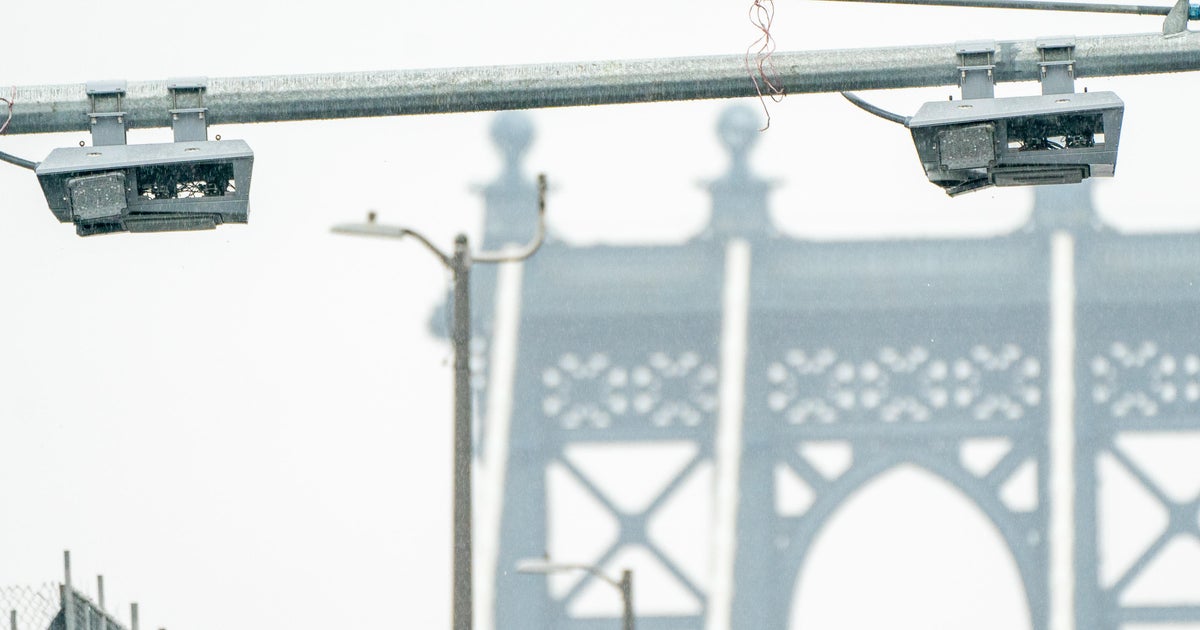Superstorm Sandy 9 Years Later: Looking Back At The Devastation In New York And What Can Be Done To Make Our Area Safer
NEW YORK (CBSNewYork) -- It's been nine years since Superstorm Sandy came ashore and devastated our area.
A nine-foot storm surge pushed millions of gallons of sea water into the Brooklyn Battery Tunnel, flooding it from floor to ceiling.
More than 100 homes in Breezy Point burned to the ground when flood waters came into contact with electrical wiring, literally sparking a horrific chain reaction.
Flooding left subways inoperable and turned city streets into raging rivers.
It's estimated that Sandy inflicted about $19 billion worth of damage in New York City alone, but it's the human toll that exemplified the depth of loss and despair.
It was a collective experience, but each story so deeply personal.
Watch Elise Finch's report --
Staten Island borough President James Oddo was a member of the City Council there when Sandy struck.
"It reminded you of images you see on the news on your television of the Midwest after a tornado," he said.
The storm claimed 43 lives overall in the city, 24 of them on Staten Island.
Homes were swept yards from foundations. Block after block, people tried to reckon with the total loss of the life they once knew.
Nearly 70,000 residences were damaged throughout New York.
The Rockaways suffered Sandy's wrath with the one-two punch of the storm's destruction and then the fire that leveled six square blocks.
Queens District Attorney Melinda Katz was borough president at the time. Through the darkness, she still saw a glimmer of hope.
"I will tell you that I have rarely seen communities stand together so strong after such a tragedy like this," she said.
Long Islanders dug out after being inundated with tons of sand.
In Westchester, there was unspeakable tragedy as a tree fell on a house, killing two young boys.
CBS2's Dick Brennan was with Dr. John Lapook of CBS News for a delicate operation at NYU Langone in Manhattan to safely evacuate some 300 patients after flood waters destroyed electrical systems.
"Dr. Lapook, after nine years, just how surreal was that night?" Brennan asked.
"I mean, the word miracle is overused, we all know that. That was a miracle," Lapook said.
Lapook aided in the evacuation, including babies from the neonatal unit.
"I remember bringing one baby down all of those steps, and it was like on a sled. It was almost like a mountain climbing type of apparatus where it was so steep and you had to make sure that the sled didn't go flying down ... and we're just trying to maneuver our way down the staircase," he said.
FEMA had some assets in place advance of the storm, but no one was prepared for the scope of what hit.
"The challenge is not what you know, but what you don't know and being able to find that out and find that out quickly so you can address it. I think we are getting better at it. I think we're using a lot of technology," said Michael Byrne, federal coordinating officer for FEMA New York.
Experts agree it comes down to people knowing these storms are now probable, having the proper insurance and, most importantly, heeding warnings to hopefully avoid potential disaster.
Being able to elevate structures and build away from the water will be top priorities, along with the building of sea walls in key areas, but the problem is what we've seen recently -- flooding in areas that were never seen before, even by Sandy.
Storms, needless to say, are unpredictable.



